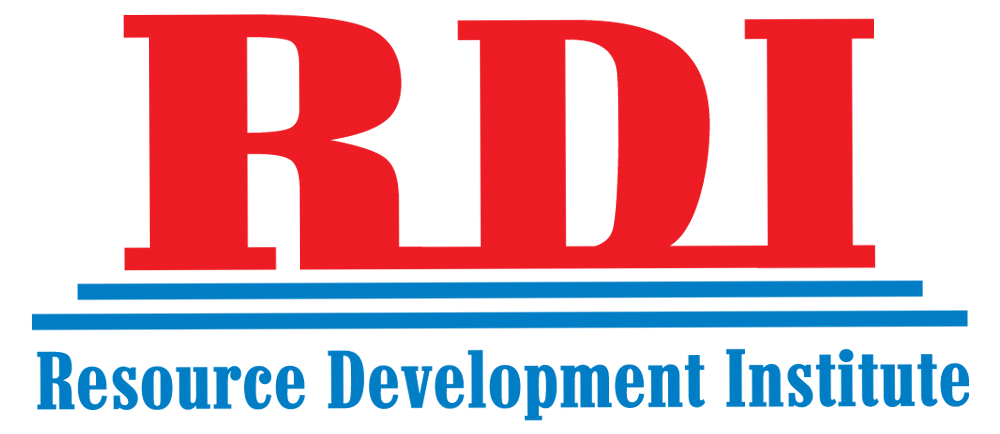What is a Language?
There are multiple definitions of “language.” A language may be a system of words or codes used within a discipline. Language may refer to a system of communication using symbols or sounds. Linguist Noam Chomsky defined language as a set of sentences constructed using a finite set of elements. Some linguists believe language should be able to represent events and abstract concepts.
Whichever definition is used, a language contains the following components:
- There must be a vocabulary of words or symbols.
- Meaning must be attached to the words or symbols.
- A language employs grammar, which is a set of rules that outline how vocabulary is used.
- A syntax organizes symbols into linear structures or propositions.
- A narrative or discourse consists of strings of syntactic propositions.
- There must be (or have been) a group of people who use and understand the symbols.
Mathematics meets all of these requirements. The symbols, their meanings, syntax, and grammar are the same throughout the world. Mathematicians, scientists, and others use math to communicate concepts. Mathematics describes itself (a field called meta-mathematics), real-world phenomena, and abstract concepts.
Vocabulary, Grammar, and Syntax in Mathematics
The vocabulary of math draws from many different alphabets and includes symbols unique to math. A mathematical equation may be stated in words to form a sentence that has a noun and a verb, just like a sentence in a spoken language. For example:3 + 5 = 8 could be stated as “Three added to five equals eight.”
Breaking this down, nouns in math include:
- Arabic numerals (0, 5, 123.7)
- Fractions (1⁄4, 5⁄9, 2 1⁄3)
- Variables (a, b, c, x, y, z)
- Expressions (3x, x2, 4 + x)
- Diagrams or visual elements (circle, angle, triangle, tensor, matrix)
- Infinity (∞)
- Pi (π)
- Imaginary numbers (i, -i)
- The speed of light (c)
Verbs include symbols including:
- Equalities or inequalities (=, <, >)
- Actions such as addition, subtraction, multiplication, and division (+, -, x or *, ÷ or /)
- Other operations (sin, cos, tan, sec)
If you try to perform a sentence diagram on a mathematical sentence, you’ll find infinitives, conjunctions, adjectives, etc. As in other languages, the role played by a symbol depends on its context.
International Rules
Mathematics grammar and syntax, like vocabulary, are international. No matter what country you’re from or what language you speak, the structure of the mathematical language is the same.
- Formulas are read from left to right.
- The Latin alphabet is used for parameters and variables. To some extent, the Greek alphabet is also used. Integers are usually drawn from i, j, k, l, m, n. Real numbers are represented by a, b, c, α, β, γ. Complex numbers are indicated by w and z. Unknowns are x, y, z. Names of functions are usually f, g, h.
- The Greek alphabet is used to represent specific concepts. For example, λ is used to indicate wavelength and ρ means density.
- Parentheses and brackets indicate the order in which the symbols interact.
- The way functions, integrals, and derivatives are phrased is uniform.
Language as a Teaching Tool
Understanding how mathematical sentences work is helpful when teaching or learning math. Students often find numbers and symbols intimidating, so putting an equation into a familiar language makes the subject more approachable. Basically, it’s like translating a foreign language into a known one.
While students typically dislike word problems, extracting the nouns, verbs, and modifiers from a spoken/written language and translating them into a mathematical equation is a valuable skill to have. Word problems improve comprehension and increase problem-solving skills.
Because mathematics is the same all over the world, math can act as a universal language. A phrase or formula has the same meaning, regardless of another language that accompanies it. In this way, math helps people learn and communicate, even if other communication barriers exist.
The Argument Against Math as a Language
Not everyone agrees that mathematics is a language. Some definitions of “language” describe it as a spoken form of communication. Mathematics is a written form of communication. While it may be easy to read a simple addition statement aloud (e.g., 1 + 1 = 2), it’s much harder to read other equations aloud (e.g., Maxwell’s equations). Also, the spoken statements would be rendered in the speaker’s native language, not a universal tongue.
However, sign language would also be disqualified based on this criterion. Most linguists accept sign language as a true language. There are a handful of dead languages that no one alive knows how to pronounce or even read anymore.
A strong case for mathematics as a language is that modern elementary-high school curricula uses techniques from language education for teaching mathematics. Educational psychologist Paul Riccomini and colleagues wrote that students learning mathematics require “a robust vocabulary knowledge base; flexibility; fluency and proficiency with numbers, symbols, words, and diagrams; and comprehension skills.”



